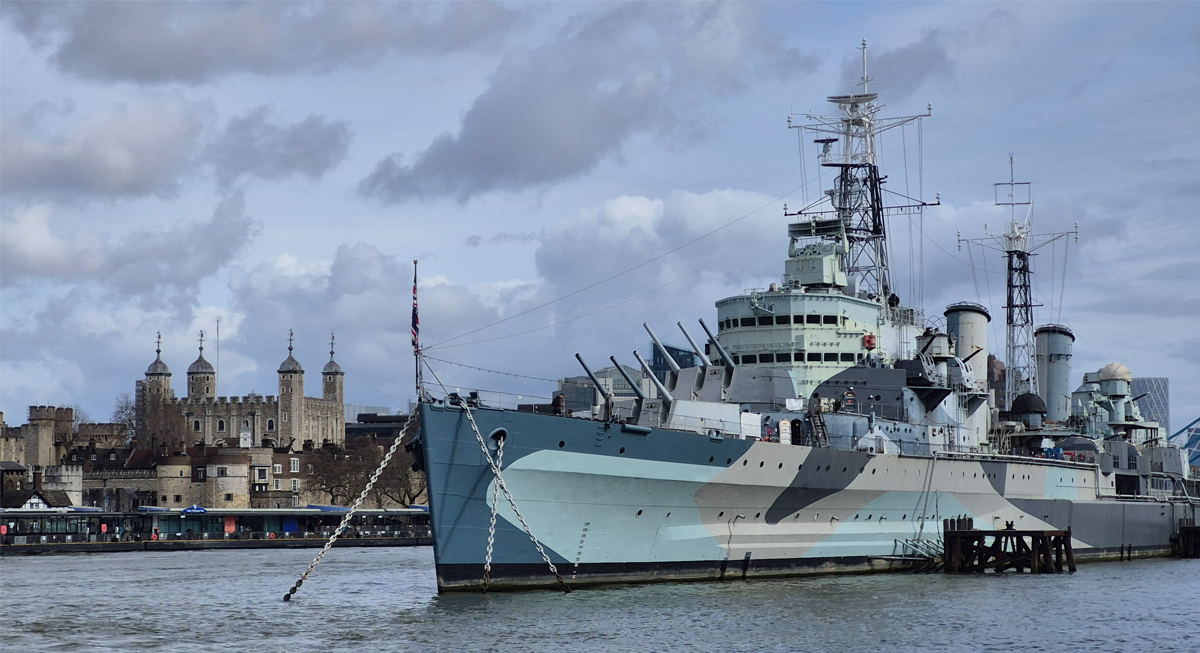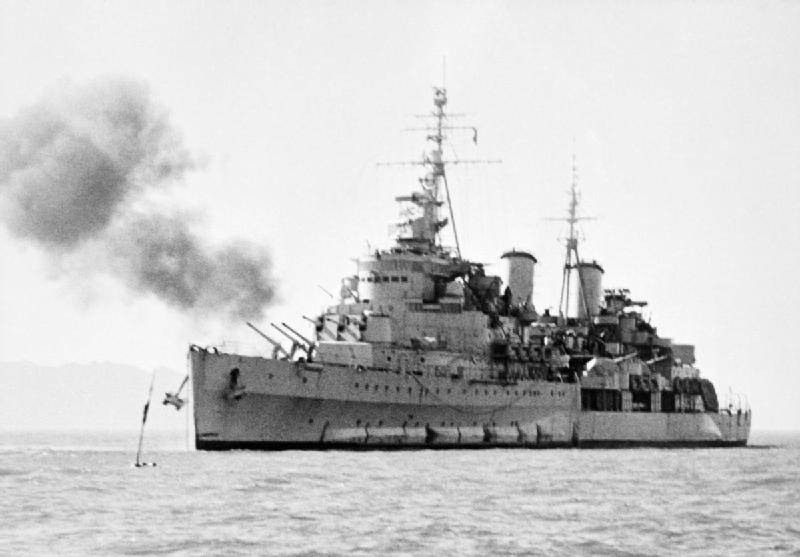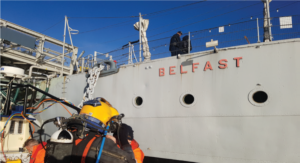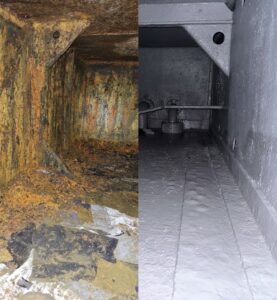
Beckett Rankine is the conservation management consultant for HMS Belfast, the only surviving British gunship that served in the Normandy landings and Korean War.
Built by Harland and Wolff and launched in 1938, HMS Belfast is an iconic World War Two warship. It was the largest and most powerful cruiser in the Royal Navy during its service, equipped with the most advanced radar systems of the time.
It saw action as part of the British blockade against Germany, on Arctic convoys, at the Battle of North Cape, and in the Normandy landings. It later joined Allied Forces in the Korean War from 1950-1952, then spent several years on peacekeeping duties before being retired from service in 1963.
Now a museum ship since 1971, Belfast is an imposing landmark on the River Thames and a key asset in the National Historic Fleet.

Since 2018, Beckett Rankine has worked with the Imperial War Museum to devise a long-term conservation plan to keep the vessel safe and floating for as long as possible. This includes taking the necessary steps to optimise the ship for drydocking in the future, a crucial phase in preserving this important piece of British maritime history.
We have provided the Conservation Report, which combines the National Historic Ships Conservation Management Plan with a Maintenance Management Plan, assessing all the risks and determining the key priority areas.
We have a 5-year plan for required works that can be adapted for any changes in the ships’ needs or funding models, and includes tank blasting, dive surveying, stability assessments, and ongoing asbestos removal.
We have conducted detailed diving and internal surveys of the main fuel tanks and hull, including confined space inspections for areas with constricted access.
We then installed an impressed current system that electrifies the hull, preventing corrosion by around 99%. The system provides a long-term anti-corrosion solution as it is constantly monitored, providing real-time data on the hull protection.

A multi-year phase of investigations has begun, in which over 40 internal tanks, including their voids and compartments, are being inspected and assessed to establish a better picture of the ship’s current condition.
In 2024, we pumped out the freshwater tanks in preparation for their repainting to extend their lifespan. The repainting commenced in early 2025 as part of a package of remedial works.
